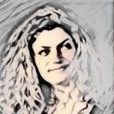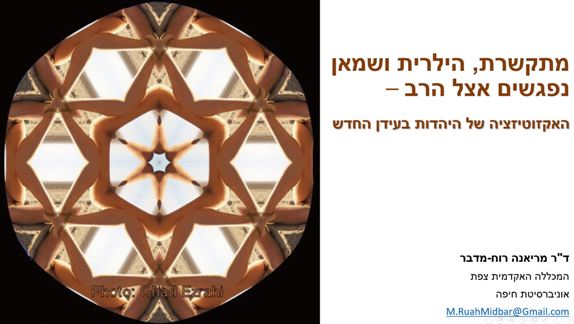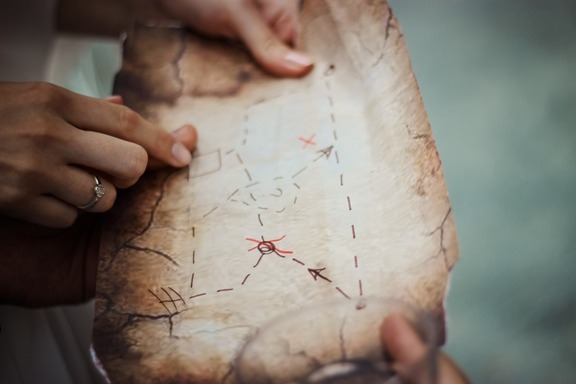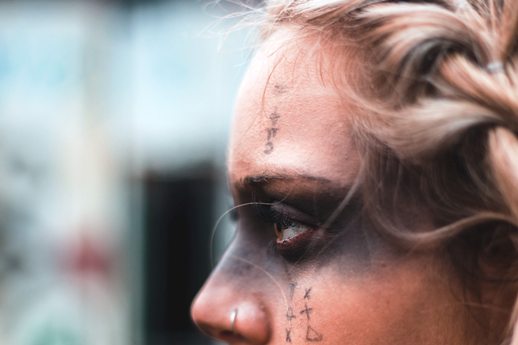Session: The Computer as the Carrier and Object of Contemporary Spirituality
A multifaceted and broad field of phenomena is created at the crossroads of the rise of digital culture and the religious realm. This conference session, held at a conference in 2006, indicates the initial directions formed in the study of this emerging fascinating field.










